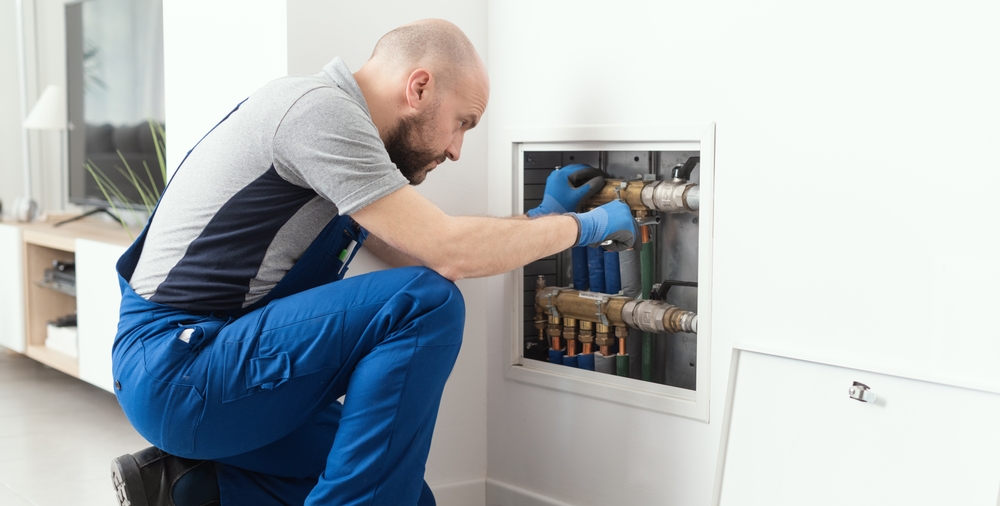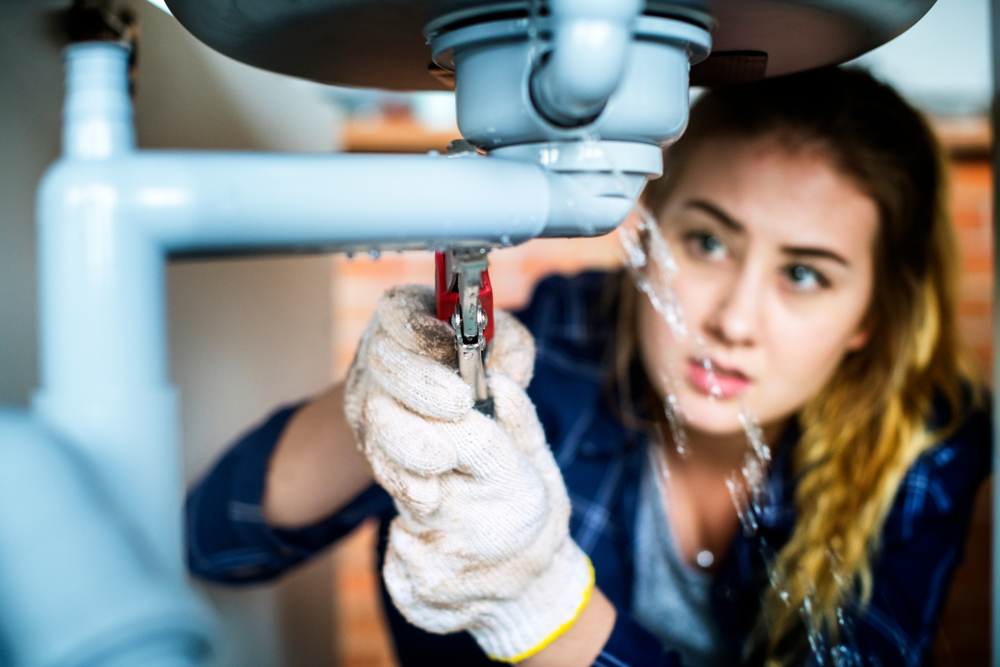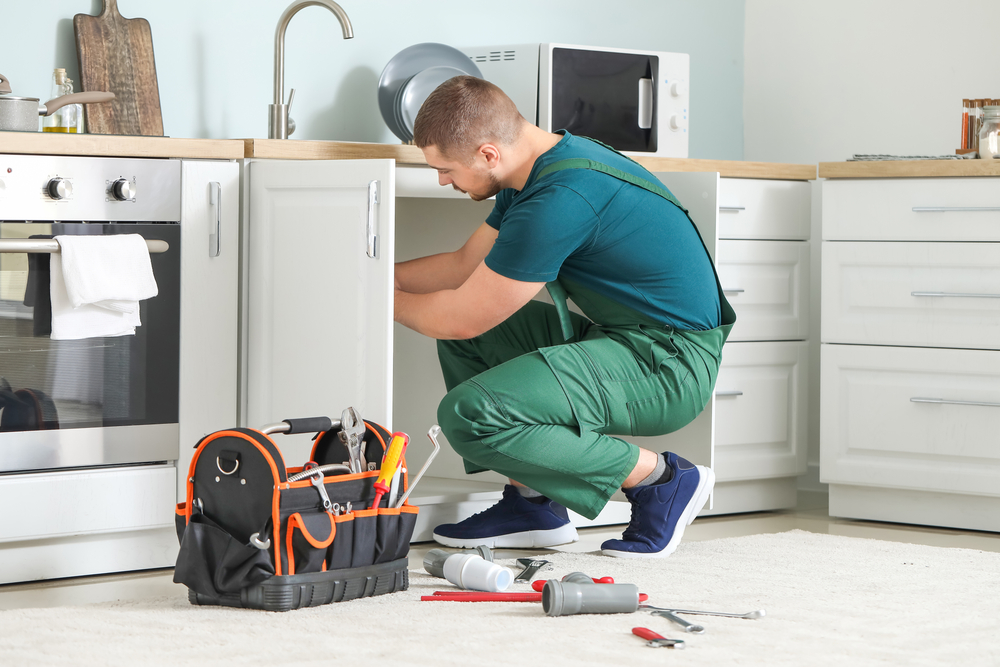The Essential Guide to Installation and Replacement of Residential Plumbing Systems
Plumbing systems are the unsung heroes of our homes, performing crucial tasks behind the scenes. From delivering clean water to our taps and appliances to safely draining wastewater away, a functional plumbing system is essential for daily life. Without it, we would face severe inconveniences and potential health hazards. Ensuring that your plumbing system is up-to-date and functioning properly is not just about comfort—it’s about maintaining the safety and efficiency of your home. This guide will delve into the importance of residential plumbing systems, the common challenges homeowners face, and the detailed steps involved in installation and replacement. It will also cover the benefits of having a functional system and the considerations for DIY versus professional plumbing service.
Challenges Faced by Homeowners
Common Plumbing Issues
Homeowners encounter a variety of plumbing problems that can disrupt their daily routines. Here are some of the most common issues:
- Leaky Faucets: A dripping faucet might seem like a minor annoyance, but it can waste a significant amount of water over time. This issue often indicates worn-out washers or seals.
Clogged Drains: Kitchen and bathroom sinks are prone to clogs from hair, grease, and soap buildup. Over time, these clogs can lead to slow drainage and potential backups. - Low Water Pressure: Low pressure can stem from various issues, including clogged pipes, faulty fixtures, or problems with the water supply. It can affect the performance of showers, faucets, and appliances.
- Running Toilets: A running toilet can waste hundreds of gallons of water each month. This issue typically results from a malfunctioning flapper or fill valve.
- Burst Pipes: Pipes can burst due to freezing temperatures, high water pressure, or corrosion. Burst pipes can cause significant water damage and are an emergency situation that requires immediate attention.
Addressing these problems promptly is essential. Small issues left unchecked can escalate into more severe and costly repairs, highlighting the importance of regular maintenance and timely interventions.

Need for Timely Installation and Replacement
The necessity for timely installation and replacement of plumbing systems cannot be overstated. As plumbing systems age, they become more susceptible to issues like leaks, rust, and blockages. An outdated system can lead to frequent repairs and potentially severe damage to your home. For instance, old pipes made of materials like galvanized steel or lead are prone to corrosion and contamination of the water supply.
By investing in a new plumbing system or replacing outdated components, you can avoid these issues and ensure that your home remains comfortable and safe. Modern plumbing materials and technologies offer greater durability, efficiency, and water conservation compared to older systems. This proactive approach can save you from unexpected emergencies and repair costs in the future.
Steps for Installation of Residential Plumbing Systems
The Installation Process
Installing a new plumbing system is a comprehensive process that requires careful planning and execution. Here’s a step-by-step guide:
- Planning and Design: Begin with a detailed plan that outlines the layout of the plumbing system. This includes determining the location of pipes, fixtures, and appliances. Consult architectural blueprints and consider the specific needs of your home.
- Gathering Tools and Materials: Essential materials include:
Pipes: PVC, copper, or PEX.
Fittings and Valves: For connecting pipes and controlling water flow.
Fixtures: Such as sinks, faucets, and toilets.
Tools: Pipe cutters, wrenches, soldering tools, and a pipe bender.
Installation:
- Water Supply Lines: Install the main water supply lines first. Connect them to the water source and ensure they are properly sealed.
Distribution Pipes: Next, install pipes that distribute water to various parts of the house, including bathrooms, kitchens, and laundry rooms.
Drain Pipes: Install the drain pipes, making sure they have the correct slope for proper drainage. - Connecting Fixtures: Attach fixtures like sinks, toilets, and showers. Ensure that all connections are tight and leak-proof.
- Testing the System: Once installation is complete, conduct thorough tests. Turn on the water supply and check for leaks at all connections. Test each fixture to ensure proper water flow and drainage.
Tips for Hiring a Professional Plumber
Choosing a professional plumber can make a significant difference in the success of your plumbing installation. Here are some tips:
- Check Credentials: Ensure the plumber is licensed and insured. A licensed plumber is trained to meet local codes and standards.
- Read Reviews: Look for customer reviews and testimonials. Positive feedback from previous clients can indicate reliability and quality of work.
- Ask for Estimates: Obtain written estimates from multiple plumbers. This helps you compare costs and understand the scope of work involved.
- Verify Experience: Choose a plumber with experience in installing residential plumbing systems. Experience often correlates with higher quality work.
- Ensure Warranties: Ask about warranties on both labor and materials. A good warranty can provide peace of mind and protection against future issues.
Signs that Indicate the Need for Replacement
Signs to Watch For
Recognizing when your plumbing system needs replacement is crucial to prevent major issues. Look out for these signs:
- Frequent Leaks: Regular leaks, even after repairs, indicate that the plumbing system is failing. This could be due to pipe corrosion or other underlying issues.
- Discolored Water: Rusty or discolored water can signal deteriorating pipes. Corrosion within the pipes can affect water quality and safety.
- Persistent Clogs: Frequent and severe clogs in drains, despite using plungers or drain cleaners, may indicate deeper issues within the plumbing system.
- Strange Noises: Unusual noises like banging or clanking in the pipes can be a sign of water hammer or other problems that might require a system overhaul.
- High Water Bills: Unexpected increases in water bills can be a sign of leaks or inefficiencies within the plumbing system. Regular leaks or inefficient fixtures contribute to higher water usage.

Consequences of Ignoring These Signs
Ignoring these warning signs can lead to serious consequences, including:
- Water Damage: Leaks and burst pipes can cause significant damage to walls, floors, and personal belongings. This can result in costly repairs and mold issues.
- Health Risks: Contaminated or discolored water poses health risks. Old pipes may introduce harmful substances into the water supply.
- Increased Costs: Continuing to use an outdated or malfunctioning plumbing system can lead to higher repair costs over time. Timely replacement helps avoid these escalating expenses.
Importance of Regular Maintenance
Regular maintenance is key to extending the life of your plumbing system. Schedule routine inspections and address minor issues before they develop into major problems. Regular maintenance tasks include:
- Inspections: Have a professional plumber inspect your system periodically to identify potential issues early.
- Cleaning: Clean drains and pipes to prevent clogs and buildup.
- Repairs: Address minor leaks and issues promptly to avoid further damage.
Replacement Process
Steps Involved
Replacing a residential plumbing system involves several steps:
Assessment and Planning: Begin with a comprehensive assessment of the existing system. Identify which components need replacing and create a plan for the new system.
- Obtaining Permits: Many areas require permits for plumbing replacements. Check local regulations and obtain the necessary permits before starting work.
- Removing the Old System: Carefully dismantle and remove the old plumbing system. This includes pipes, fittings, and fixtures. Proper disposal is important to avoid environmental impact.
- Installing the New System: Follow the installation process as outlined earlier. Ensure that all components are installed according to local codes and standards.
- Testing and Inspection: Once the new system is installed, conduct thorough tests. Check for leaks, ensure proper water flow, and verify that all fixtures are functioning correctly.
Permits and Regulations
Permits are often required for major plumbing replacements. These permits ensure that the work complies with local building codes and safety standards. Failure to obtain necessary permits can result in fines or complications with home insurance. Consult your local municipality for specific requirements and ensure all work is inspected and approved.
Choosing Replacement Materials
Selecting the right materials for your new plumbing system is crucial. Consider the following factors:
- Durability: Choose materials that offer long-lasting performance. Copper and PEX are popular choices due to their durability and resistance to corrosion.
- Cost: Balance cost with quality. While cheaper materials may seem attractive, they can lead to higher maintenance costs in the long run.
- Compatibility: Ensure that the new materials are compatible with existing systems and fixtures. Proper compatibility helps avoid installation issues and ensures optimal performance.
DIY vs Hiring a Professional
DIY Plumbing Installation
DIY plumbing projects can be appealing due to the potential cost savings and personal satisfaction. However, there are several factors to consider:
- Pros:
Cost Savings: Doing the work yourself eliminates labor costs. - Control: You have complete control over the project timeline and execution.
- Learning Experience: DIY projects can be educational and rewarding.
Cons:
- Risk of Errors: Plumbing work requires precision and expertise. Mistakes can lead to leaks, water damage, and higher repair costs.
- Lack of Warranties: DIY work typically does not come with warranties or guarantees, which can be risky if issues arise.
- Compliance Issues: DIY installations may not meet local building codes, leading to complications with home inspections and insurance.

Benefits of Hiring a Professional
Hiring a professional plumber offers several advantages:
- Expertise: Professionals have the knowledge and experience to handle complex plumbing tasks and ensure proper installation.
Quality Work: Licensed plumbers adhere to industry standards and codes, ensuring high-quality work and minimizing the risk of errors.
Warranties: Many professional plumbers offer warranties on their work and materials, providing peace of mind and protection against future issues.
Efficiency: Professionals can complete the job more quickly and efficiently, reducing the overall disruption to your home.
Risks of DIY Plumbing Projects
DIY plumbing projects come with inherent risks, including:
- Improper Installation: Incorrect installation can lead to leaks, water damage, and inefficient operation of the plumbing system.
Injury: Plumbing work often involves heavy lifting, cutting tools, and hazardous materials. The risk of injury is higher without proper training. - Code Violations: DIY work may not meet local building codes, which can result in fines, complications with insurance, and issues during home inspections.
Benefits of a Functional Plumbing System
Impact on Water and Energy Bills
A well-installed and maintained plumbing system can lead to significant savings on your utility bills. Here’s how:
- Water Conservation: Modern plumbing systems often include water-saving fixtures and appliances. These can reduce water consumption and lower your water bills.
- Energy Efficiency: Efficient plumbing systems contribute to energy savings by optimizing water heating and reducing the need for excessive heating or cooling.
Maintaining a Healthy and Safe Home
A functional plumbing system plays a crucial role in maintaining a healthy and safe living environment:
- Preventing Contamination: Properly installed and maintained plumbing systems prevent contamination of the water supply. This is essential for ensuring the health and safety of your family.
- Avoiding Mold and Water Damage: Effective drainage and leak prevention help protect your home from mold growth and water damage, which can pose health risks and damage property.
Conclusion
In conclusion, the installation and replacement of residential plumbing systems are vital for maintaining a functional and safe home. Addressing plumbing issues promptly and investing in timely replacements can prevent costly repairs and ensure long-term efficiency. Whether you choose to undertake the project yourself or hire a professional, understanding the key aspects of plumbing systems will help you make informed decisions.
If you have any questions or need assistance with your plumbing system, don’t hesitate to reach out to a qualified professional. Investing in a reliable plumbing system now can save you from future headaches and ensure your home remains comfortable and secure. Contact a trusted plumber today to discuss your needs and take the next steps towards a better plumbing system.
Plumbing Services CA
https://maps.app.goo.gl/31Yt4rhDrainzNJ4A
(279) 203-0765
https://plumbingservicesca.com/
